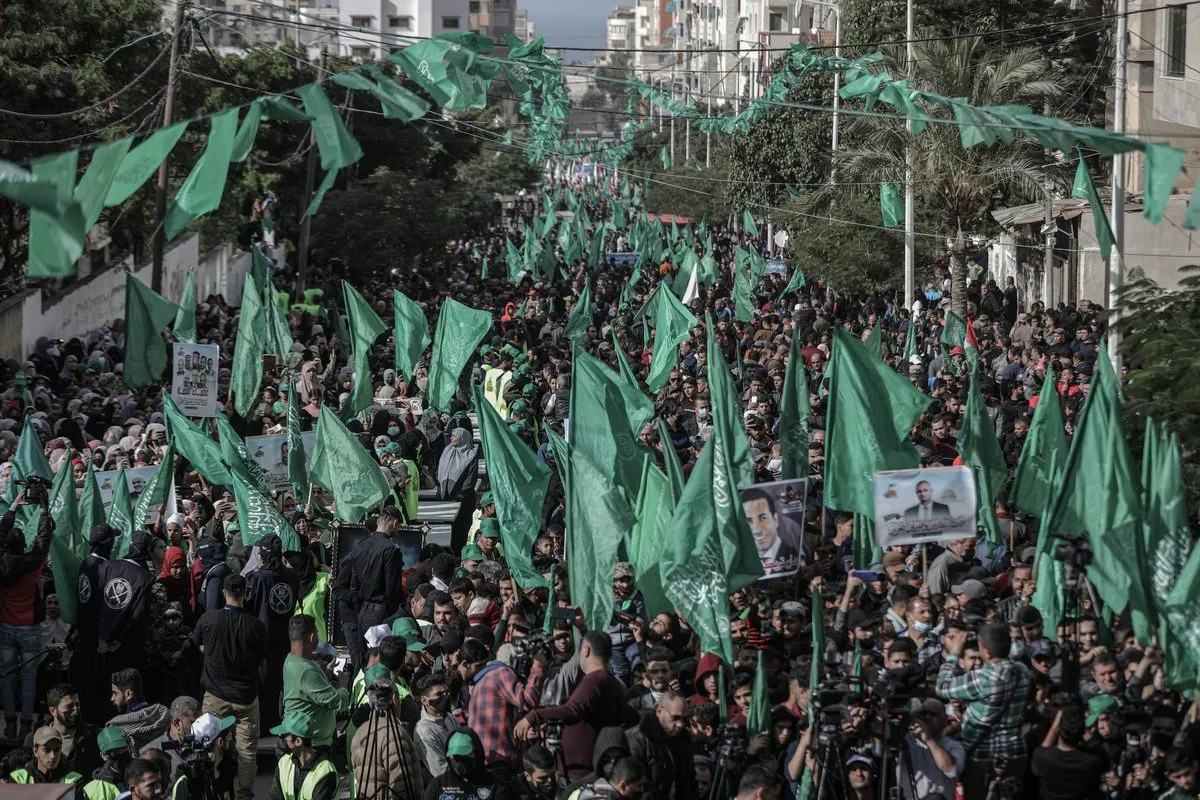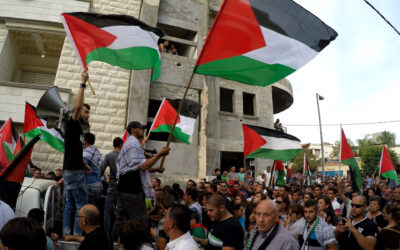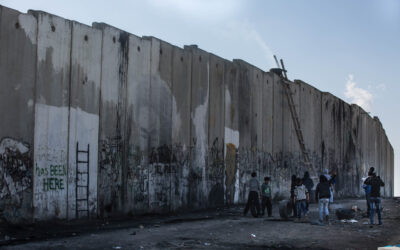The Islamic Resistance Movement, also known by its Arabic acronym of Hamas, defines itself as a “Palestinian nationalist” and “Islamic” liberation and resistance movement which sees its main objective as the liberation of all of historic Palestine (1). The group was founded by Palestinian cleric and activist Sheikh Ahmed Yassin in 1987 during the First Intifada and grew out of the Palestinian branch of the Muslim Brotherhood. It, has been the political party governing the Gaza Strip since 2007.
The formation of Hamas occurred in the context of the First Intifada. Previously, the Palestinian chapter of the Muslim Brotherhood was dedicated to a project of “Islamisation”, whereby the path to national liberation was seen to depend on Palestinian society’s moral virtue and religiosity. During the 1980s, Palestinian society began agitating against Israeli occupation forces more actively, and members of the Muslim Brotherhood felt their existing strategy had to change to respond to this. Therefore, resistance through armed struggle came to be seen as the path to national liberation, with an Islamic society coming after. Hamas was established in this context, together with increasing discontent at the perceived corruption and capitulation of the Palestine Liberation Organisation (PLO), at the beginning of the First Intifada in 1987. Because of the use of armed resistance and suicide bombings, Hamas in its entirety is considered a terrorist organisation by Israel, Australia, Canada, the European Union, the United Kingdom and the United States (2). Previously, the United Kingdom had only proscribed the military wing of the group, however, in November 2021 Hamas was proscribed in its entirety (3).
Hamas’s political trajectory has gradually been one of acceptance of the two-state solution on the 1967 borders and a downplaying of their framing of Palestinian liberation in religious terms, whilst at the same time withholding “recognition” of the state of Israel, supporting the right of return, and continuing to present its mission as one of the total liberation of historic Palestine (4). In 2017, Hamas announced the release of a new political document accepting the formation of a Palestinian state along the 1967 borders and framing the Palestinian struggle as one of national liberation rather than a religious conflict. The document also clarified that the Palestinian struggle was against Zionism rather than Judaism or the Jewish people. Palestinian scholars and analysts argued that the document effectively functioned as the organisation’s new charter, and an attempt by Hamas to distance itself from the discredited Oslo framework whilst retaining international political influence and legitimacy (5).
Hamas was democratically elected by the Palestinians under occupation in 2006 to take over the Palestinian Authority. Hamas’s election victory initiated a US-led regime change operation that entailed military, financial and diplomatic efforts to prevent Hamas from forming a government. This led to heightened tensions between Hamas and Fatah which ultimately resulted in internal violence and Hamas’s takeover of Gaza in 2007.
Since then, Israel has maintained a stifling blockade which amounts to collective punishment against Gaza’s two million Palestinians, the majority of whom are refugees. Israel has also launched five devastating assaults on Gaza – in 2008-09, 2012, 2014, 2018-19 and 2023.
As time has gone on, Hamas’s governance in Gaza has been criticised for repression of dissent, increasing corruption and inequality, and a stifling of democratic processes (6).
On 7th October, a Hamas-led operation to breach the fence with Israel and take key military sites within Israeli territory just outside of Gaza led to one of the most significant strategic defeats for the Israeli military in its history. According to Israeli officials quoted by UN OCHA some 1,200 Israelis were killed. A day later, the Israeli military government formally declared ‘war’.

 Palestinian Citizens of Israel
Palestinian Citizens of Israel  Second Intifada
Second Intifada  Occupied Palestinian Territory (OPT)
Occupied Palestinian Territory (OPT)